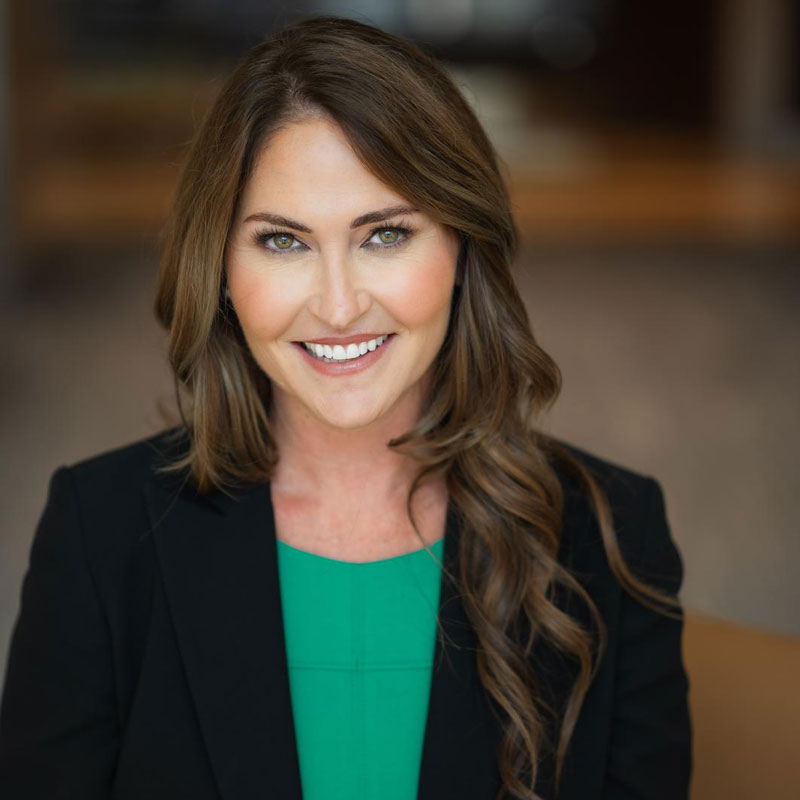40-year-high inflation is forcing organizations to pay close attention to pricing and consider how they sustainably develop pricing expertise in-house.
Before post-pandemic inflationary pressures, many organizations reviewed pricing infrequently, maybe once or twice per year. That cadence is no more. Leading organizations, particularly those most successful at balancing short-term financial pressure with sustained growth, have invested in and developed high-performing pricing organizations.
Regardless of size or scale, all organizations face similar questions: which leader or organization should our pricing organization report to? How does that leader drive cohesive decision-making? What is the proper organizational structure?
The answers to these questions are critical in determining how organizations arrive at the correct organizational structure and create impact through pricing experts.
Through Which Leader or Organization Should The Pricing Function Report?
Experts debate the decision as to which executive the pricing function should report.
There is no correct answer regarding the leader’s title or function – successful organizations report through several executive leaders. Instead, the correct answer is based on the following question: which leader has ultimate authority on pricing decisions?
The leader in question needs a broad enough understanding of pricing as it relates to financial and market impact.
Understanding cost structure and profit impact is critical. Sales and merchandising leaders incentivized to drive top-line volume and revenue often fail to consider these factors when forming pricing decisions.
Likewise, CFOs with backgrounds in accounting and cost finance might ignore long-term market or competitive risks before adjusting prices to address margin pressure.
Regardless of background, the leader needs a holistic understanding of profit and loss (P&L) while recognizing the trade-offs of driving short-term profitability.
How Does That Pricing Leader Drive Cohesive Decision-Making?
In addition to having the right background and skills, the leader with ultimate pricing authority has to provide the pricing function a seat at the table along with other relevant parties, including sales, brand management, merchandising, product management, and so on.
Doing so doesn’t dismiss the pricing function’s need to build credibility and partnership with its counterparts. But executive leaders must balance the inherent power carried by category owners with subject matter experts.
In our experience, organizations that fail to sort through this inadvertently stifle the pricing function’s intended value.
More immediately, organizations are likely to make suboptimal decisions by not offering pricing an equal seat at the table. Indirectly, this reinforces the notion that P&L owners are inherently correct, driving self-fulfilling feedback loops.
One feedback loop distorts prioritization: pricing teams spend more time conjuring insights to justify the opinions and actions of P&L owners rather than conducting their own analyses.
The other consequence is talent-oriented: high-performing pricing talent will self-select from the pricing function or organization, recognizing their work and career path limitations.
This self-selection drives higher turnover, loss of institutional expertise, and low morale. Leading organizations recognize these pitfalls and intentionally create organizational designs that put P&L owners and pricing experts on equal footing.
What is The Right Organizational Structure?
Companies should organize pricing functions to optimize day-to-day business decision-making with long-term development.
We’ve seen pricing functions follow a broad spectrum of designs: dedicated resources embedded within individual P&L owner categories, an autonomous center of excellence (COE), and shared-service matrix designs.
Each configuration carries its own trade-offs, and which you choose depends on your organization.
Embedded P&L Category
This design is standard within CPG (where brand management owns the P&L); it also has some use in retail (mainly grocers) and manufacturing.
Under this organization, P&L owners directly fund their own resourcing without appropriating to a shared service. This benefits complex organizations with high institutional learning curves by allowing pricing resources to build extensive business knowledge while working closely with P&L owners.
Pricing team members in this design have end-to-end responsibility (with some support from IT or vendors) in managing data, driving analysis, making recommendations, and executing changes.
This model makes onboarding and training new pricing team members costly and complicated. It’s particularly challenging for individuals without prior pricing experience.
Consequently, hiring decisions can emphasize institutional knowledge over subject matter expertise and long-term leadership ability, a pitfall companies want to avoid.
Autonomous COE
Autonomous COE designs are employed mainly by travel and tourism (e.g., hotels, airlines, cruise lines, etc.) and online retailers.
In this format, pricing and discounting decisions are driven entirely by algorithms and managed (mostly) through online channels. The pricing team’s skillsets are at two extremes: heavy data science + advanced analytics and heavy execution.
The data science and advanced analytics teams focus on improving the algorithms and data informing pricing decisions. The execution teams will support system pricing execution and deploy human judgment to augment algorithms. An example would be a pricing expert manually overriding the algorithm-set prices of airline tickets.
The benefit of this model is that pricing functions can quickly scale and deploy. The challenge of embedding business knowledge into a rather technical and algorithmic process is the limitation of its viability for complicated business structures.
For example, online-only retailers like Amazon and Wayfair can publish prices with unimpressive step-ups (e.g., 12 sq ft and 15 sq ft rugs with the same price). However, brick-and-mortar retailers have to intentionally manage these step-ups for customers comparing side-by-side in stores.
Finally, many organizations need more data and automation to commit to an algorithmic process fully. Airlines can easily do so, given they only use online booking channels and FAA-published competitor prices, but this isn’t true for many companies.
Shared-Service Matrix
Shared-service matrices try to accomplish both the benefits of localized business knowledge and the scale of an autonomous COE.
Shared-service matrices are the most common designs used by numerous industries. This model has a central pricing team assigned to individual P&L owners or categories. In addition, leading organizations maintain separate COE teams focused on pricing analytics, pricing data science, and pricing strategy.
Pricing leaders in top organizations recognize the risk of silos and proactively share best practices.
For example, leaders will proactively coordinate best practices and learnings by showcasing work in team meetings or inviting COE analytics teams to build use cases alongside business-dedicated team members.
In addition, leaders need to actively balance business and functional priorities. Pricing leaders should intentionally communicate the pricing team’s role as advisors and subject-matter experts. Doing so creates sustainability for pricing team members and ensures that pricing decisions are appropriately backed with consistent, best-in-class methodology.
Where Do You Find Pricing Experts?
Now that you understand best practices for pricing organization design, it’s time to look for those in-house experts. Given it’s a relatively new field, finding pricing talent can be challenging.
Jennings Executive specializes in sourcing top pricing talent and can match you with the best candidates. Learn more today!
















